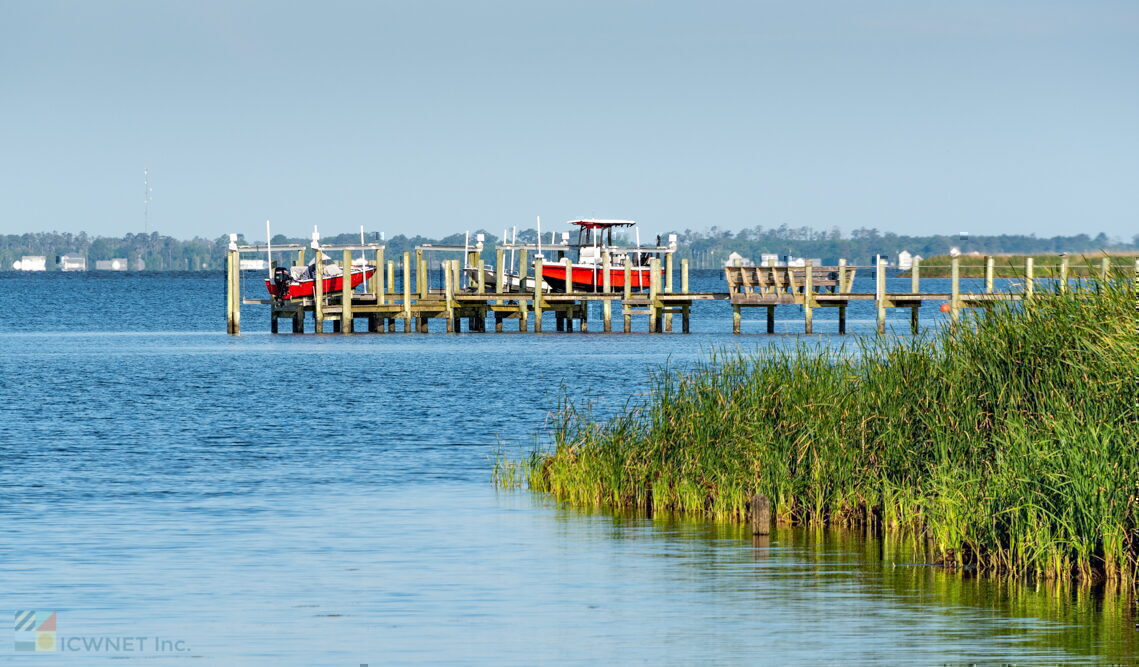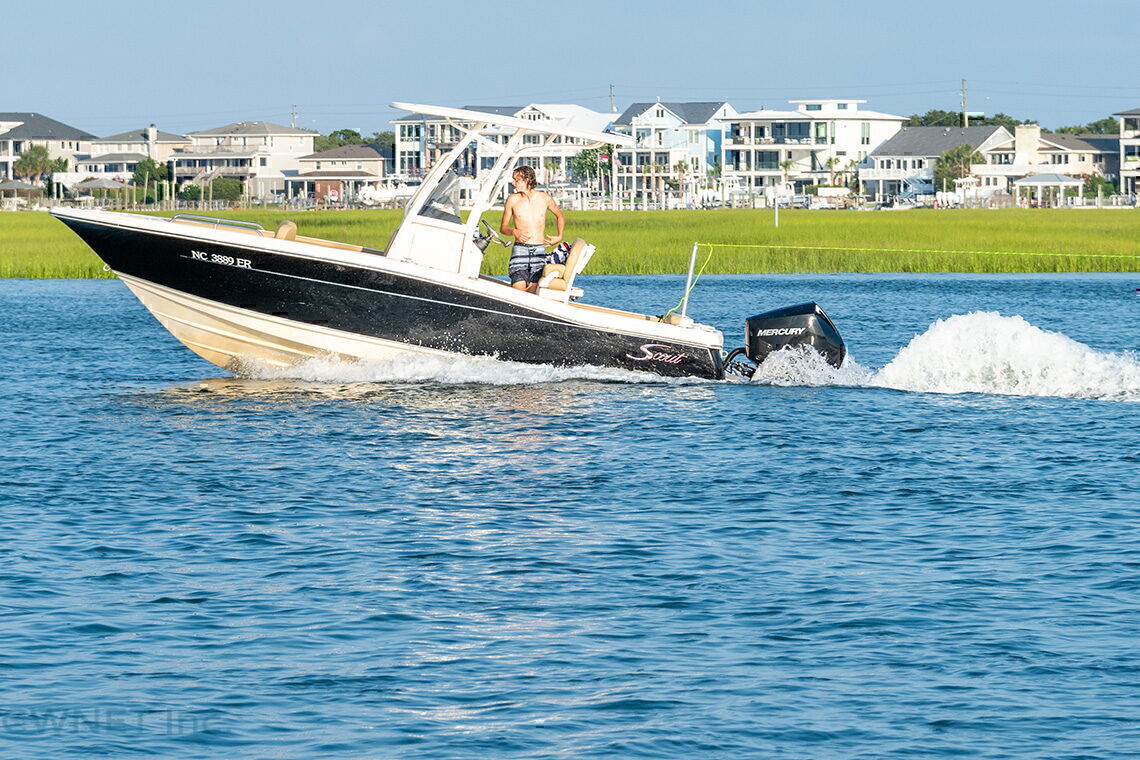
From New York to Florida, this sea level, scenic route along the historic Atlantic Coast is the most interesting and relaxing of North-South highways. It is safer than inland routes, especially in winter, because there are no icy hills or steep grades. Motorists enjoy their vacations all the time and all the way, for there is a panorama of interesting things to do and see directly on or near the Ocean Hiway, such as outdoor dramas, famed garden plantations, broad beaches, fishing piers, and championship golf courses.
The long established Ocean Hiway inland route from New York is via the New Jersey Turnpike and Delaware Memorial Bridge to U.S. 13. The newer, seaward route is via the Garden State Parkway and Cape May-Lewes Ferry to U.S. 13, down the Delmarva Peninsula, via the Chesapeake Bay Bridge-Tunnel to the Virginia Beach/Norfolk area... then U. S. 17 becomes the Ocean Hiway to Florida. This route is the fastest route from New York to Norfolk, saving you 95 miles and 1-1/2 hours of driving. Motorists traveling through the metropolitan areas of Virginia Beach and Norfolk should follow U.S. 13 to I-64 East (south) to Route 104 and U.S. 17 South.
Three miles south of the Virginia/North Carolina border on US Highway 17, a NC Welcome Center was built to assist travelers... the Dismal Swamp Canal Welcome Center. Services include maps, brochures, and printed publications, as well as personal assistance with directions and ferry or lodging reservations. This Welcome Center is also used by boats traveling on the Dismal Swamp Canal, part of the Atlantic Intracoastal Waterway.
It's easy for the Ocean Hiway motorist to take side trips all along the route. Interstate 64 West from Norfolk/Virginia Beach leads to Colonial Williamsburg, and Route 158 East leads to the lovely Outer Banks of North Carolina. From New Bern, Route 70 East leads to Morehead City. In South Carolina, Route 21 leads to Beaufort
and Route 170 to Hilton Head Island.
Travelers will find many service stations, attractive restaurants and comfortable motels along the Ocean Hiway and, therefore, are not required to leave the main route to find food and lodging. The route is clearly marked OCEAN HIWAY by legal action of six states whose coast it traverses.




